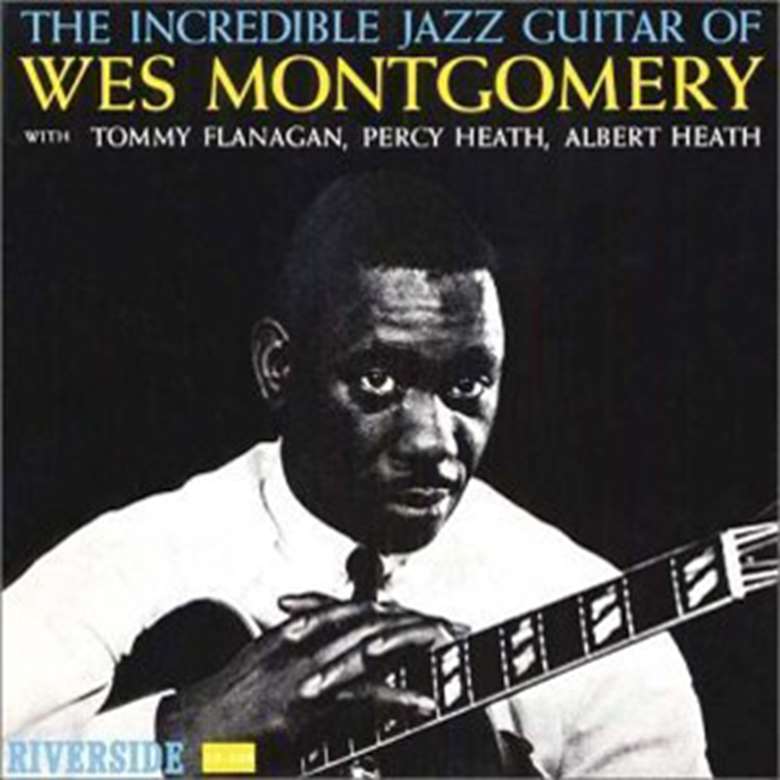Wes Montgomery – The Incredible Jazz Guitar of Wes Montgomery ★★★★★
Wednesday, August 26, 2015
Riverside Wes Montgomery (g), Tommy Flanagan (p), Percy Heath (b) and Albert “Tootie” Heath (d).


Register now to continue reading

Thank you for visiting Jazzwise.co.uk. Sign up for a free account today to enjoy the following benefits:
- Free access to 3 subscriber-only articles per month
- Unlimited access to our news, live reviews and artist pages
- Free email newsletter